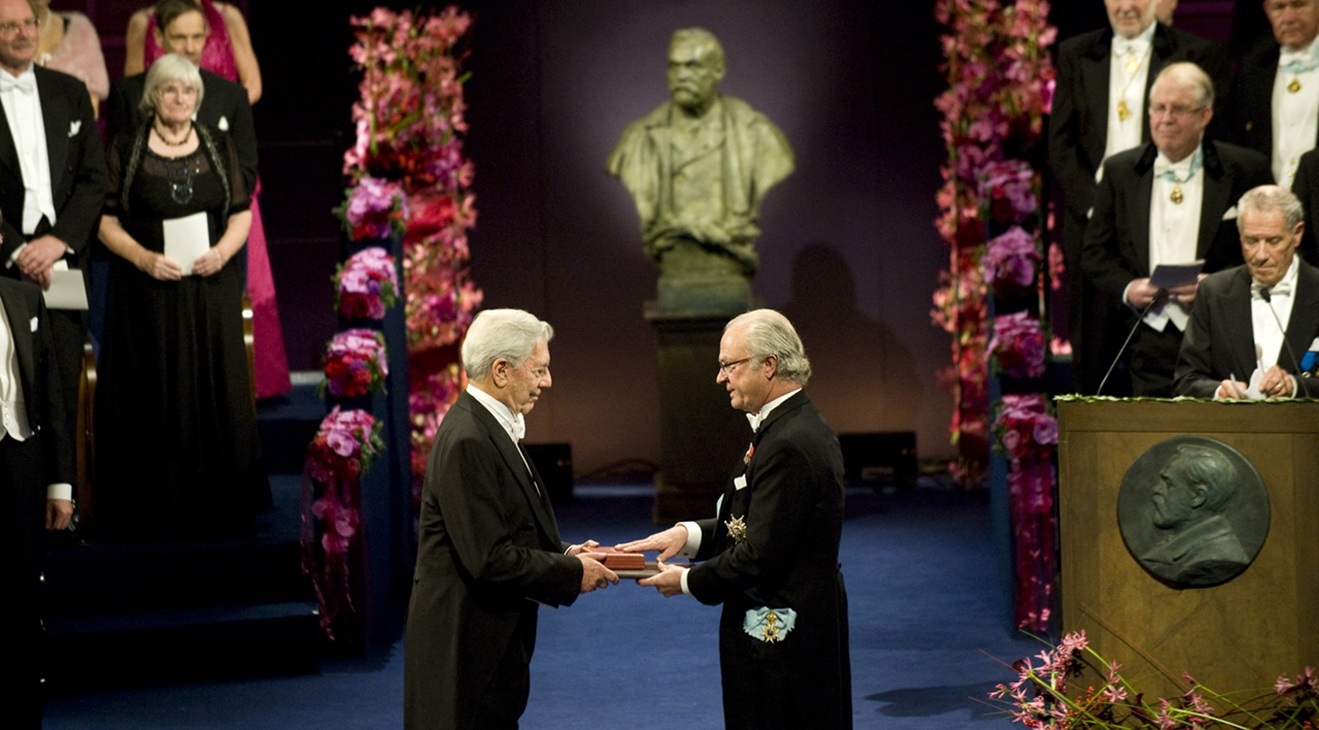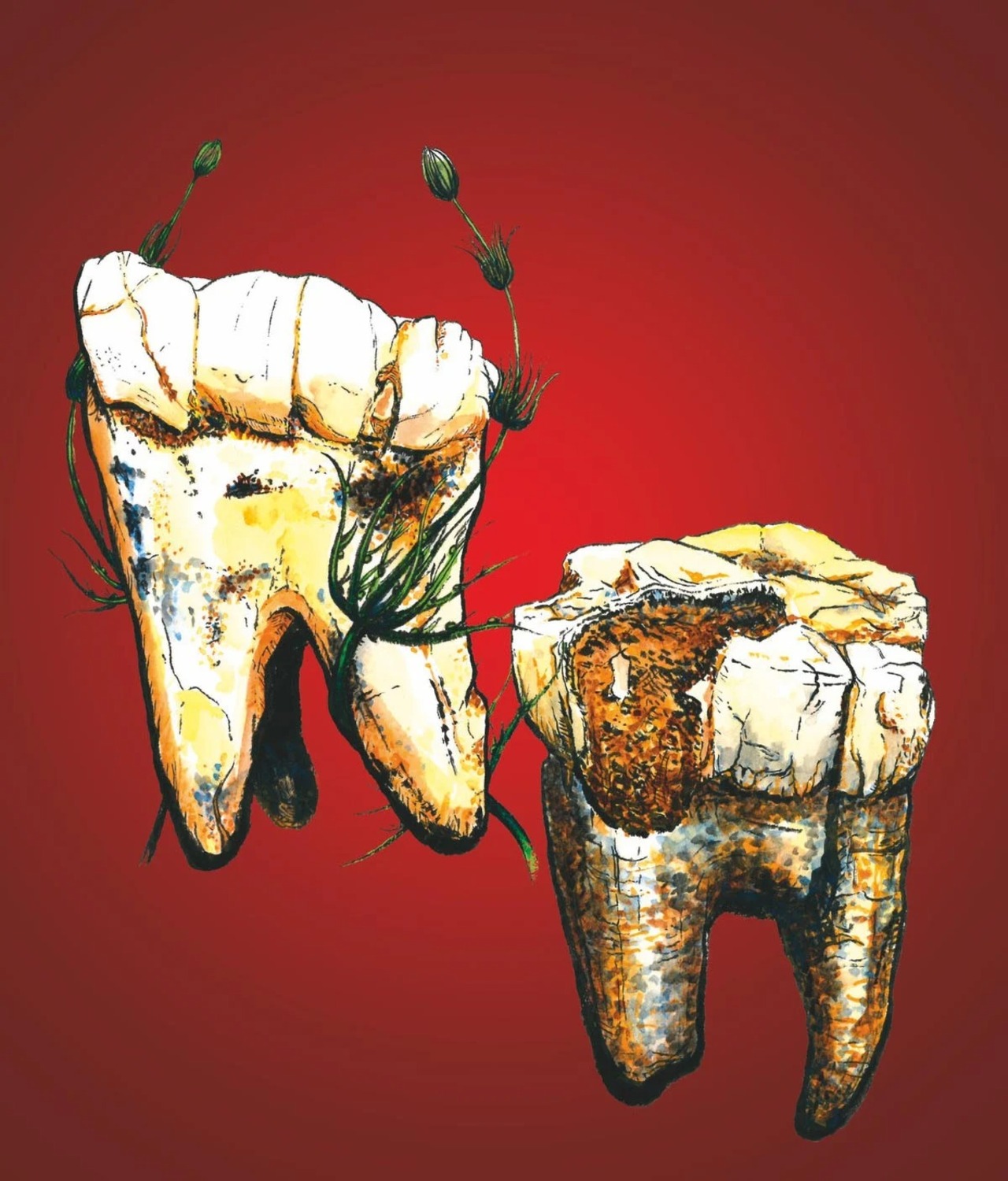
Were Latinos really newcomers in the United States?
In ‘Ambassadors of Culture,' Kirsten Silva Gruesz proposes a major revision of the 19th century U.S. canon and its historical contexts.
Were Latinos really newcomers in the United States?
In Ambassadors of Culture: The Transamerican Origins of Latino Writing, University of California Professor Kirsten Silva Gruesz documented a vast network of Spanish-language cultural activity in the 19th century to demonstrate that the presence of Latinos was strongly rooted in the nation for centuries.
Drawing on previously unpublished archival materials and building on an innovative interpretation of poetry’s cultural role, Ambassadors of Culture (published by Princeton University Press in 2001) brings together scattered writings from the borderlands of California and the Southwest as well as the cosmopolitan exile centers of New York, New Orleans, and San Francisco. It reads these productions in light of broader patterns of relations between the U.S. and Latin America, moving from the fraternal rhetoric of the Monroe Doctrine through the expansionist crisis of 1848 to the proto-imperialist 1880s. It shows how ”ambassadors of culture” such as Whitman, Longfellow, and Bryant propagated ideas about Latin America and Latinos through their translations, travel writings, and poems. In addition to these well-known figures and their counterparts in the work of nation-building in Cuba, Mexico, and Central and South America, this book also introduces forgotten women writers and local poets writing in both Spanish and English.
In telling the almost forgotten early history of travels and translations between U.S. and Latin American writers, Gruesz shows that Anglo and Latino traditions in the New World were, from the beginning, deeply intertwined and mutually necessary.
Language as race
A professor of literature specializing in Latino and Chicano literature at the University of California Santa Cruz, Gruesz is now focused on exploring how language became a signifier of race in the U.S.
RELATED CONTENT
In her forthcoming book Cotton Mather's Spanish Lessons: A Story of Language, Race, and Belonging in the Early Americas (Harvard University Press, 2022), follows the life of the Boston minister Cotton Mather, who was the first English colonial to refer to himself as an American. He was also the first to author a Spanish-language publication: La Fe del Christiano (The Faith of the Christian), a Protestant text intended to evangelize readers across the Spanish Americas.

Gruesz explores the conditions that produced La Fe del Christiano, from the intimate story of the “Spanish Indian” servants in Mather’s household, to the fragile business of printing and bookselling, to the fraught overlaps of race, ethnicity, and language that remain foundational to ideas of Latina/o/x belonging in the United States today.
"There's an additional layer within the U.S., which is that [Spanish] is a language that was associated with a certain kind of working-class identity," she recently told NPR. "It was associated with people who were racialized, who were discriminated against, who were prohibited from using certain drinking fountains or coming into certain schools."
Guided by Mather’s tract, Gruesz explores English settlers’ turbulent contacts with the people they called “Spanish Indians,” as well as with Black and local native peoples. Tracing colonial encounters from Boston to Mexico, Florida, and the Caribbean, she argues that language learning was intimately tied with the formation of new peoples. Even as Spanish has become the de facto second language of the United States, the story of La Fe del Christiano remains timely and illuminating, locating the roots of Latinidad in the colonial system of the early Americas.












LEAVE A COMMENT: